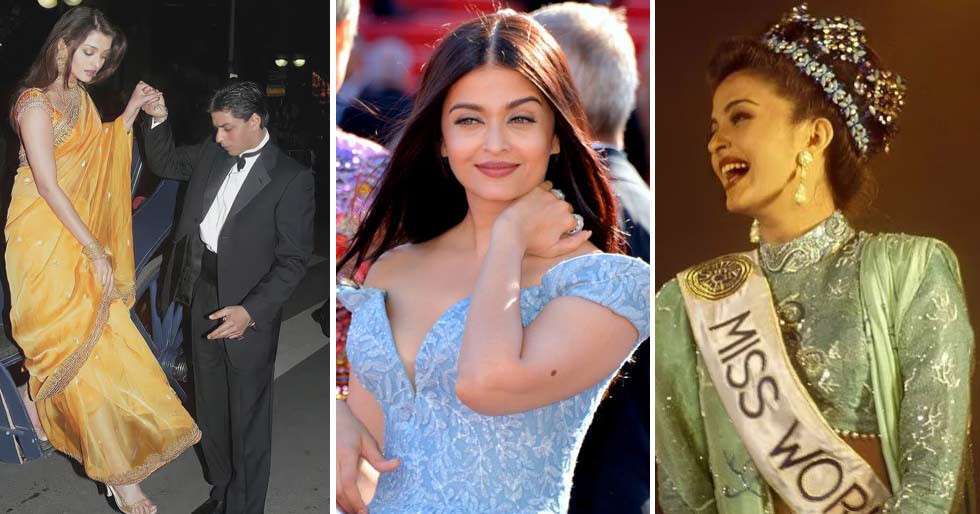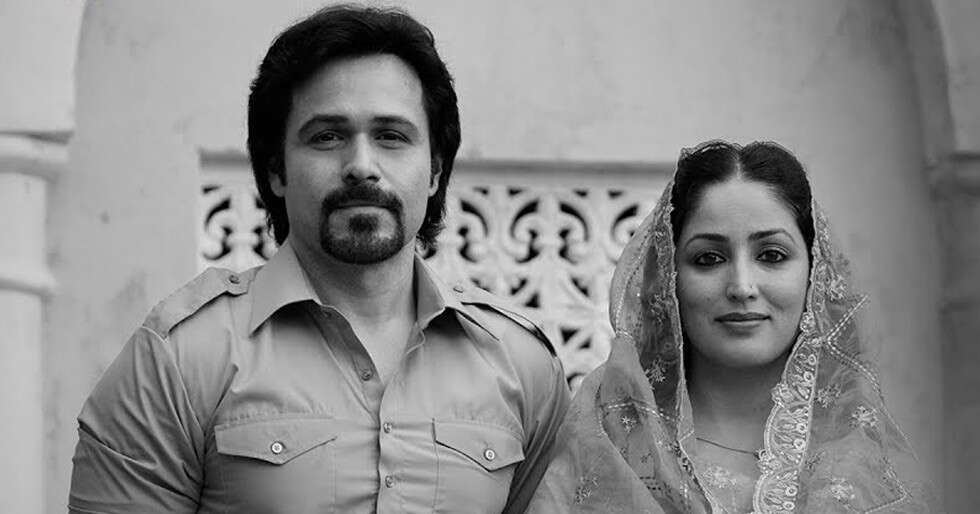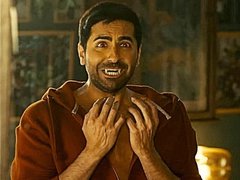Aishwarya Rai Bachchan has proven to be a global icon, time and again. As if being Miss World was not enough, the actress represented India on a global scale in many other events and appearances. While most chase global standards, when it comes to fashion, acting and more, Aishwarya truly embodied the spirit of being Indian and welcomed international visibility without changing her ways or trying to fit into complicated Western dynamics.
Remember his viral interview with David Letterman? The actress gave a solid answer to Letterman’s question about adults in India living with their parents. When asked, “By the way, do you live with your parents? Is that true?” Aishwarya cleverly replied, “It’s okay to live with your parents. Because it is also common in India that we don’t have to make dinner dates with our parents.”
Interestingly, Aishwarya’s victory at Miss World in 1994 was more than just a beauty pageant victory. It marked a turning point in the way Indian women were viewed on the international stage. Her intelligence, composure and articulate responses challenged outdated stereotypes of Indian women as demure or conservative. In fact, her early modeling work and her endorsements with major international brands such as L’Oréal and Longines further expanded her global presence. Her collaboration with L’Oréal remains a highlight of her career. Her long-standing relationship with the brand only demonstrates her influence, appeal and the trust she has built as a global beauty icon. Yes, Aishwarya redefined what Indian beauty meant to the global market.
Not to forget, Bollywood enthusiasts know Rai’s roles in Hum Dil De Chuke Sanam (1999), Devdas (2002), Guru (2007), Jodhaa Akbar (2008) and more. She earned praise for portraying expressive, layered women. When Devdas premiered at the Cannes Film Festival, Rai’s performance and red carpet presence attracted global attention. It was a time when Indian cinema and Indian women were seen as glamorous, capable and creatively significant on a global platform. She wore a sunshine yellow Neeta Lulla saree with golden border and traditional Kundan jewellery. Its power was unmatched in traditional setting.
Her transition to international projects, such as Bride and Prejudice (2004), The Mistress of Spices (2005) and The Pink Panther 2 (2009), was not about seeking Western validation but about representing Indian talent in mainstream cinema. In 2004, she became the second Bollywood star inducted into the Madame Tussauds Hall of Fame. The famous company Mattel, known for creating the iconic Barbie dolls, launched a new line of dolls called Bollywood Barbie. Guess what? The dolls were modeled after her! How iconic is that?
For many people around the world, she became the first recognizable face of India, someone who could chat with Oprah Winfrey, share the screen with Steve Martin and still be the ideal Indian daughter-in-law in a Sanjay Leela Bhansali film. To this day, the actress does it, one look at the Cannes Film Festival at a time. Her latest look, in which she donned a regal ivory and gold Manish Malhotra saree with a striking red sindoor, has been the talk of the town ever since.

She has not stopped defending women and causes close to her heart. Her most recent global talk was a keynote address on women’s empowerment and resilience at the World Women’s Forum in Dubai in November 2024.
Interestingly, her journey mirrored the evolution of India’s self-image in the 1990s and 2000s. The “most beautiful woman in the world” became a symbol of confidence for Indian women, who gradually rejected the mysterious or traditional cartoon narratives that often portrayed them.
Also Read: Aishwarya Rai Bachchan’s journey in showbiz so far




